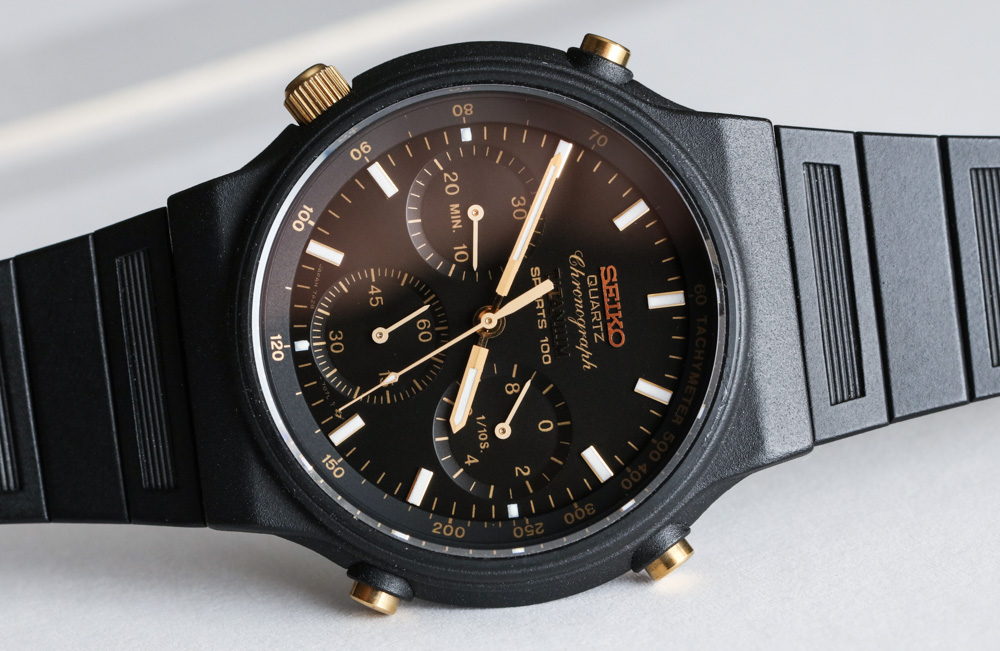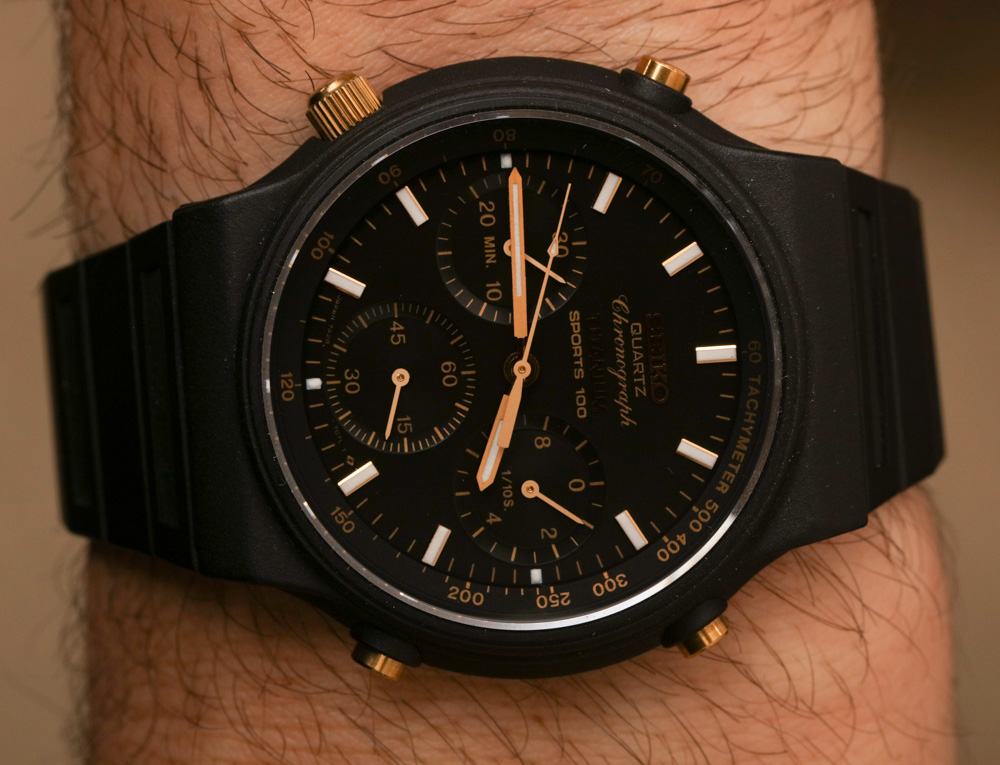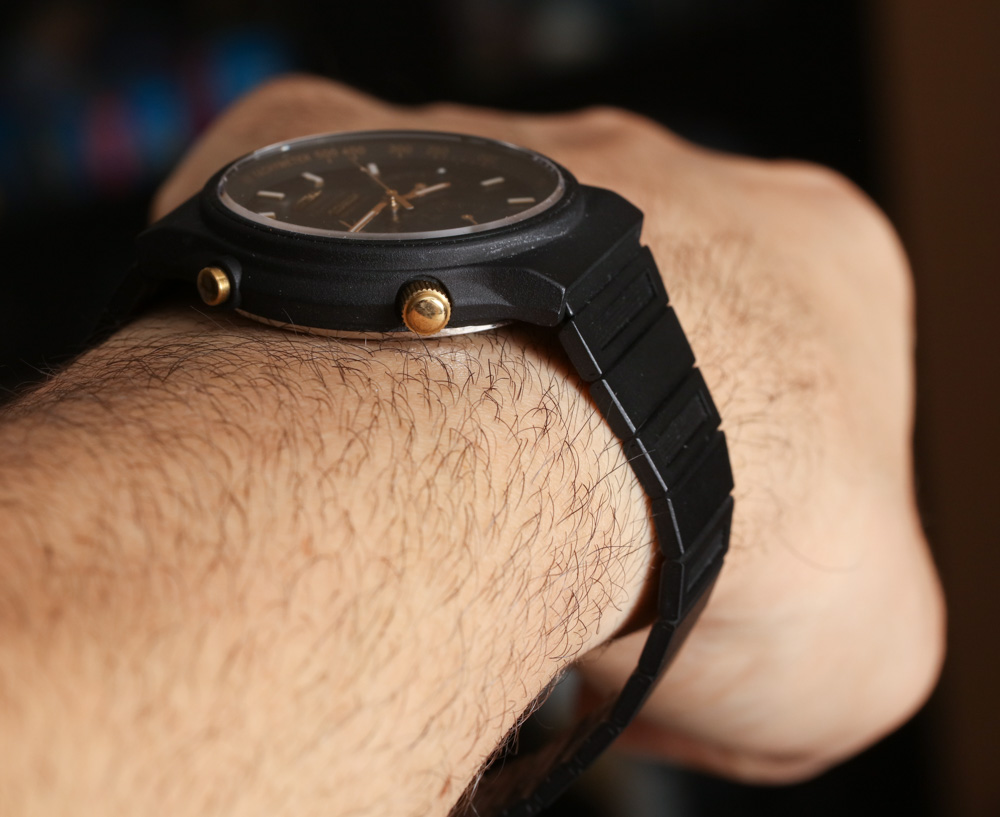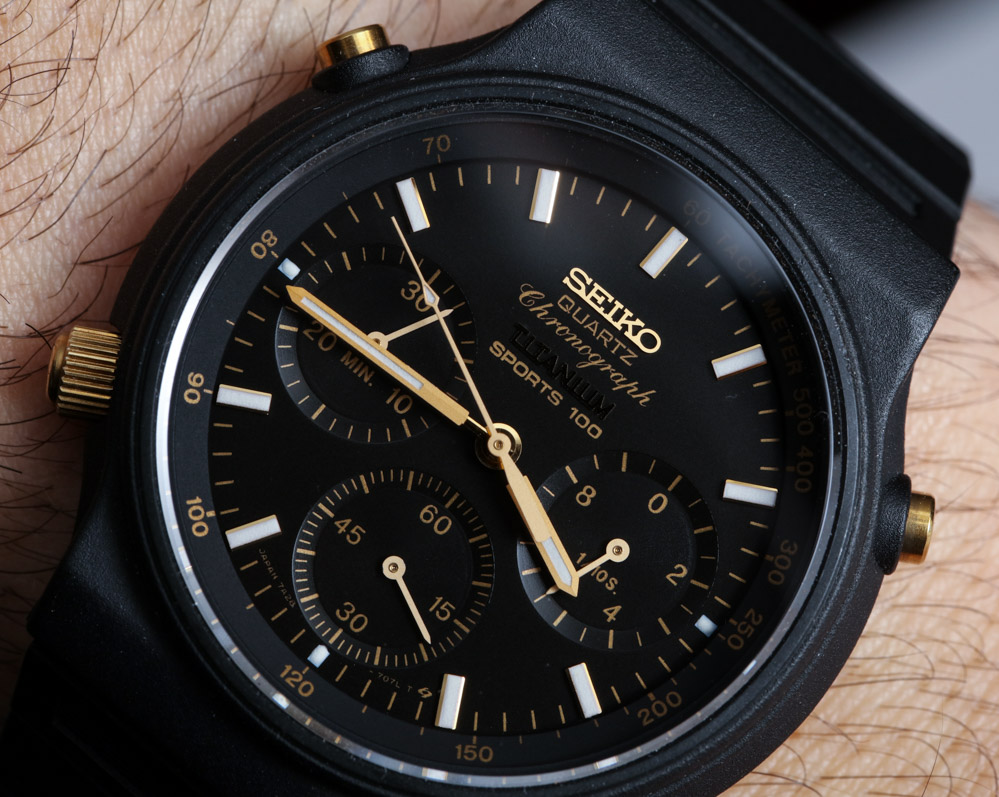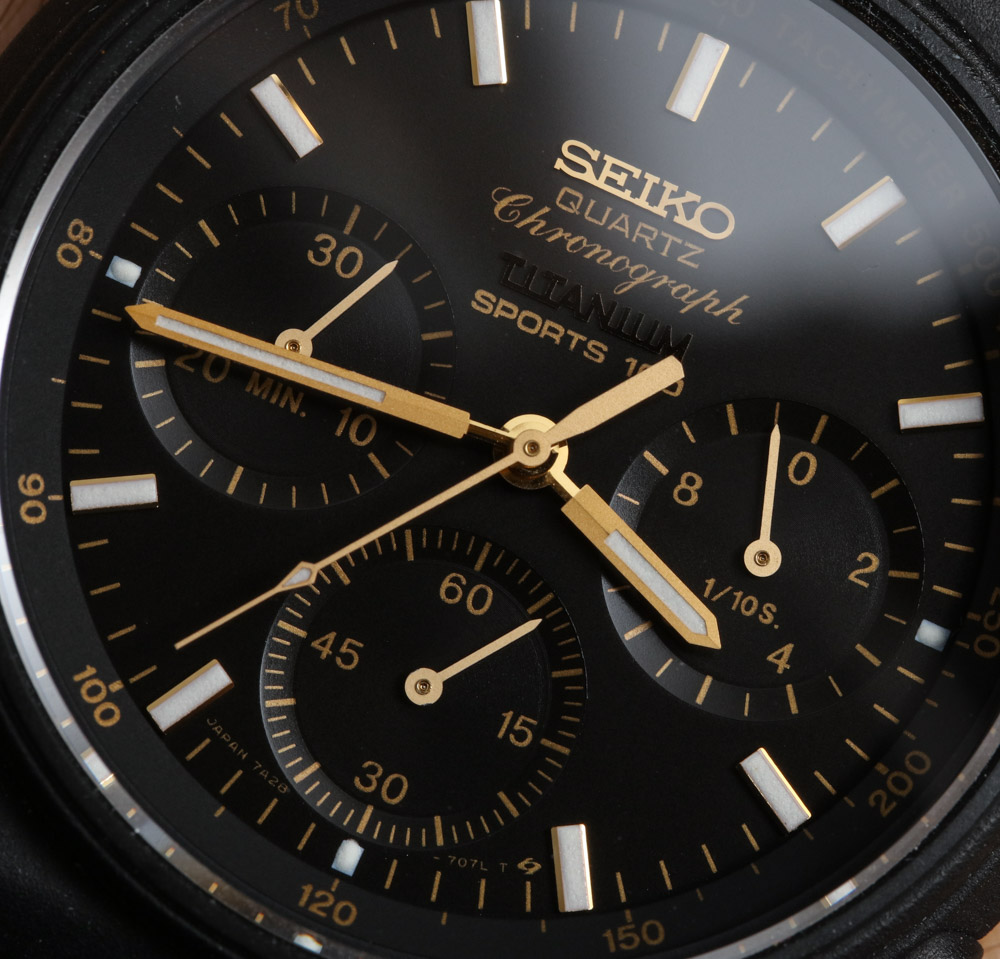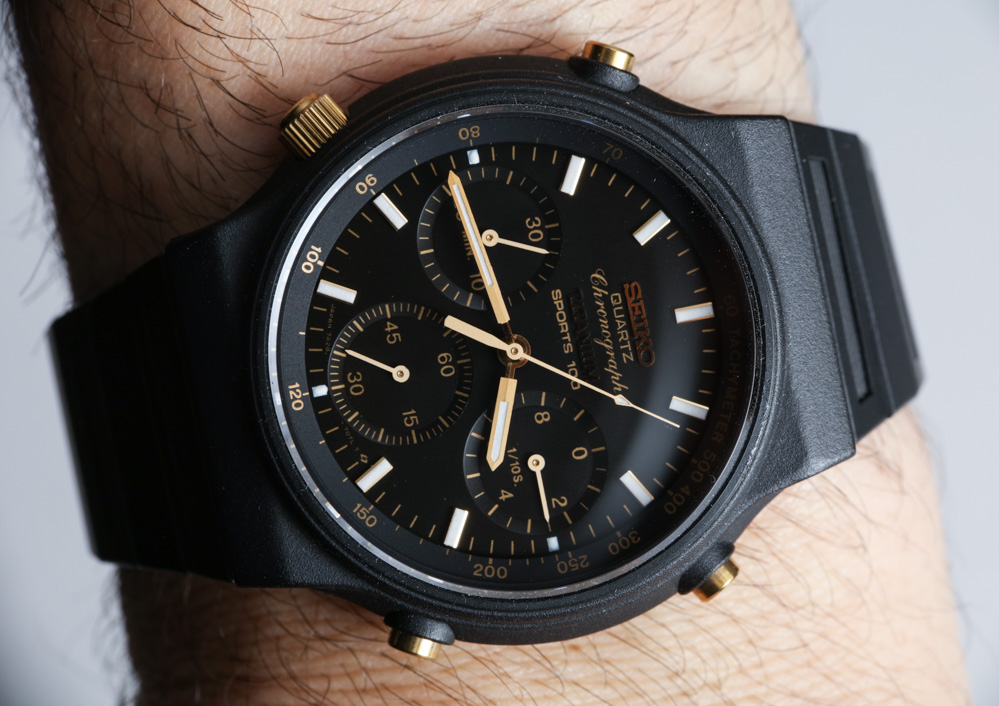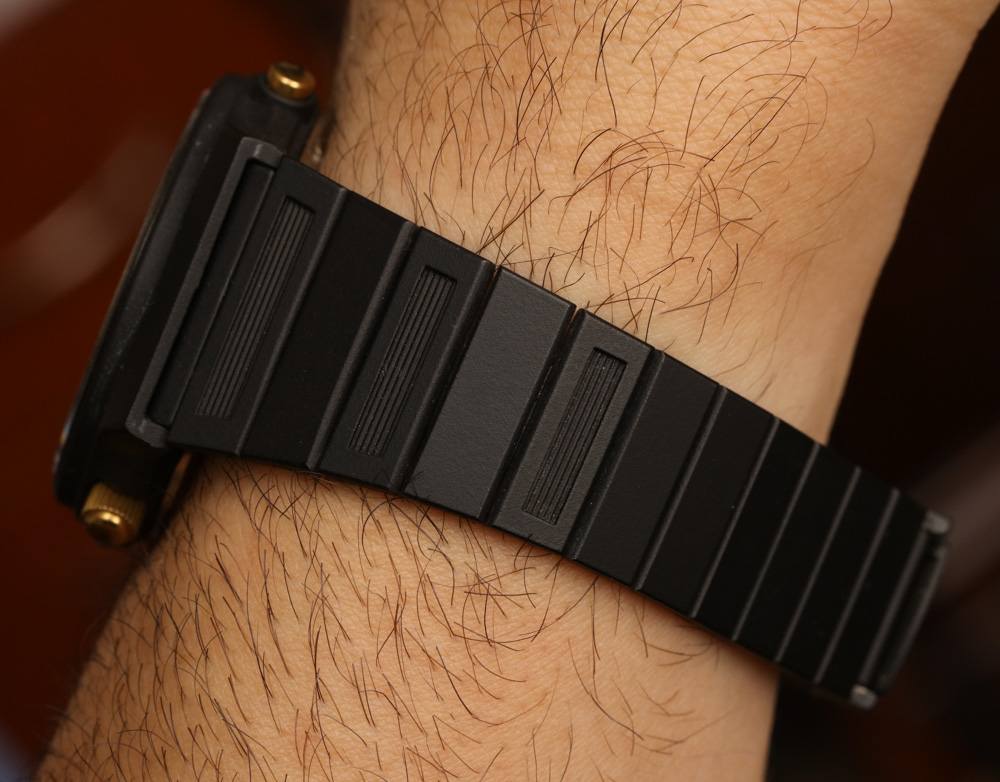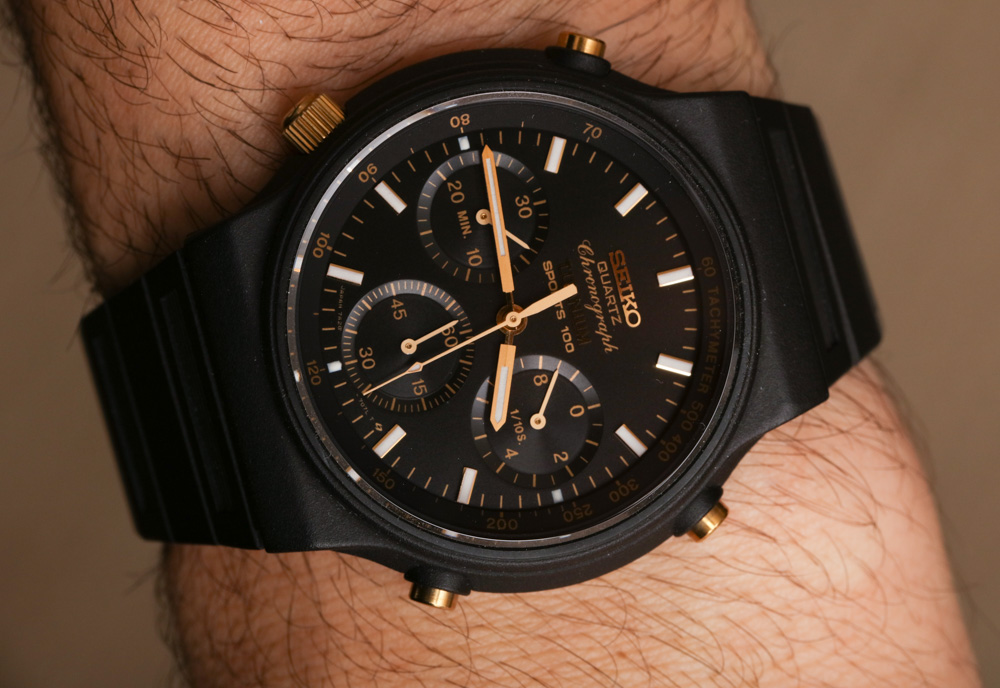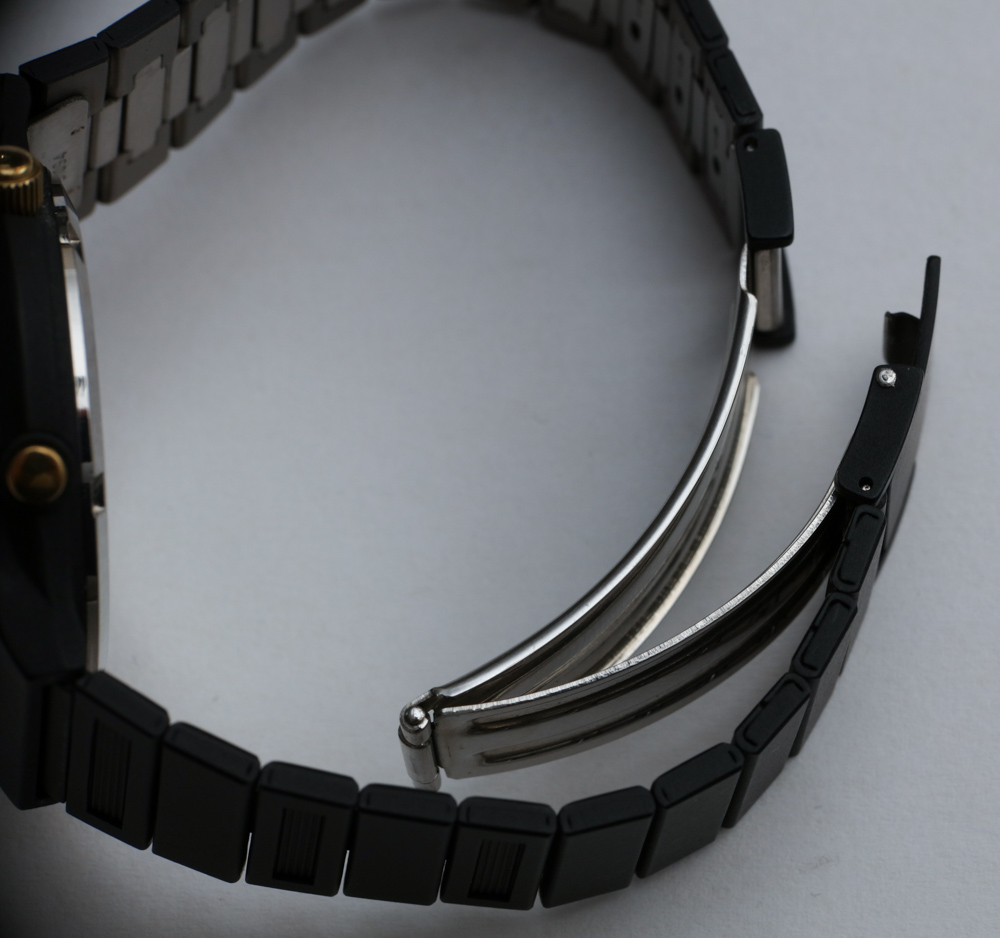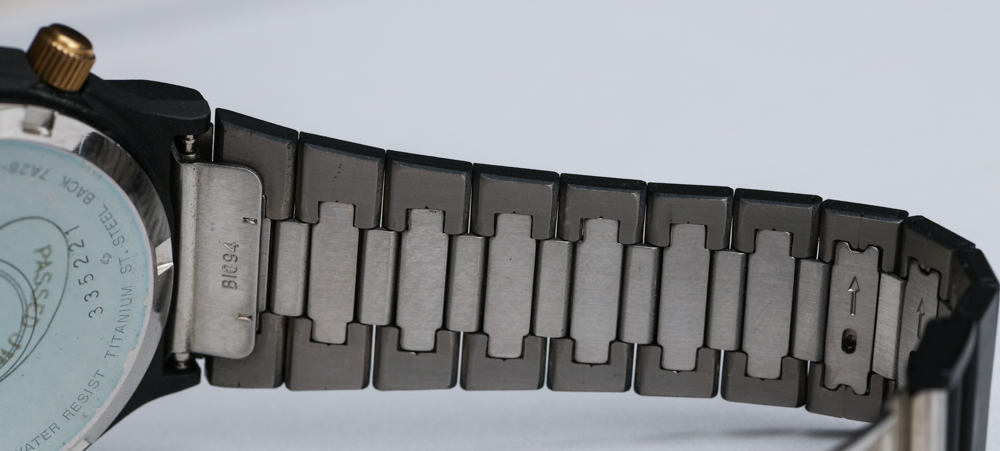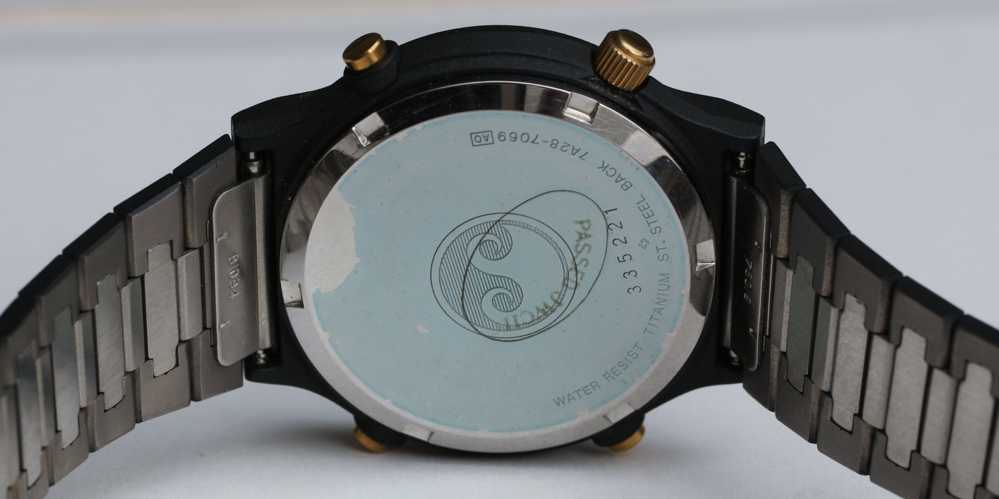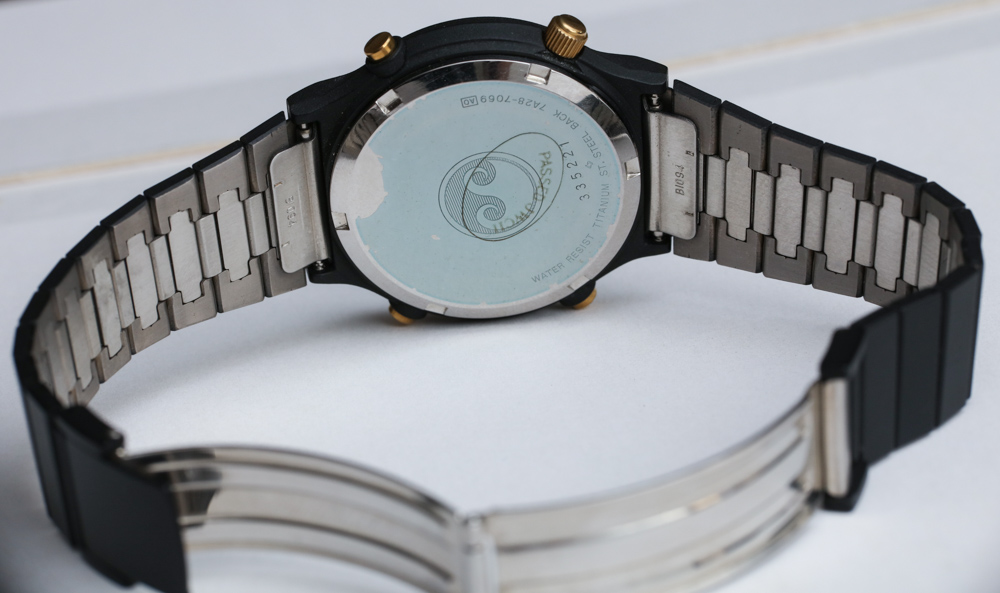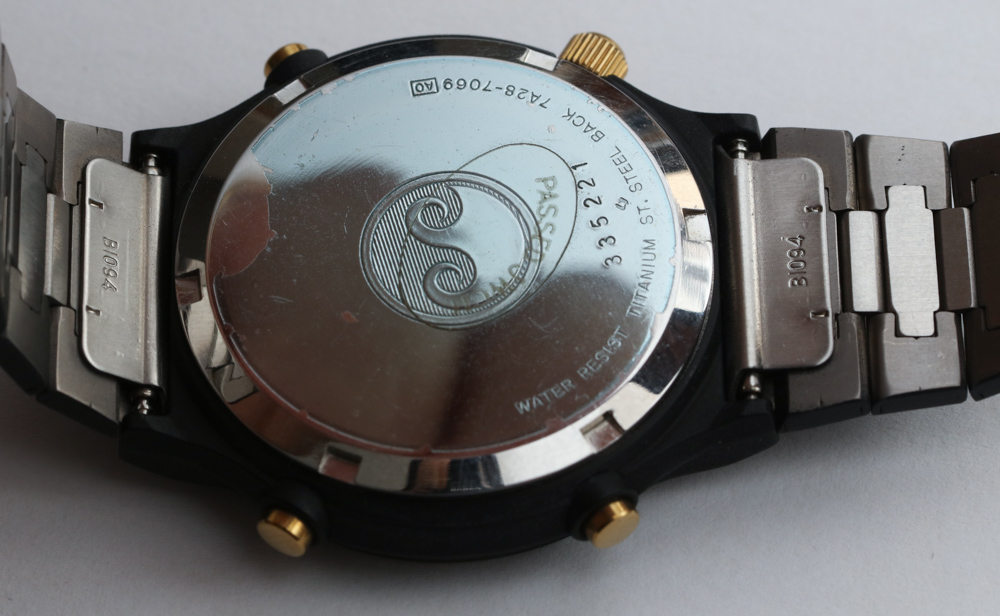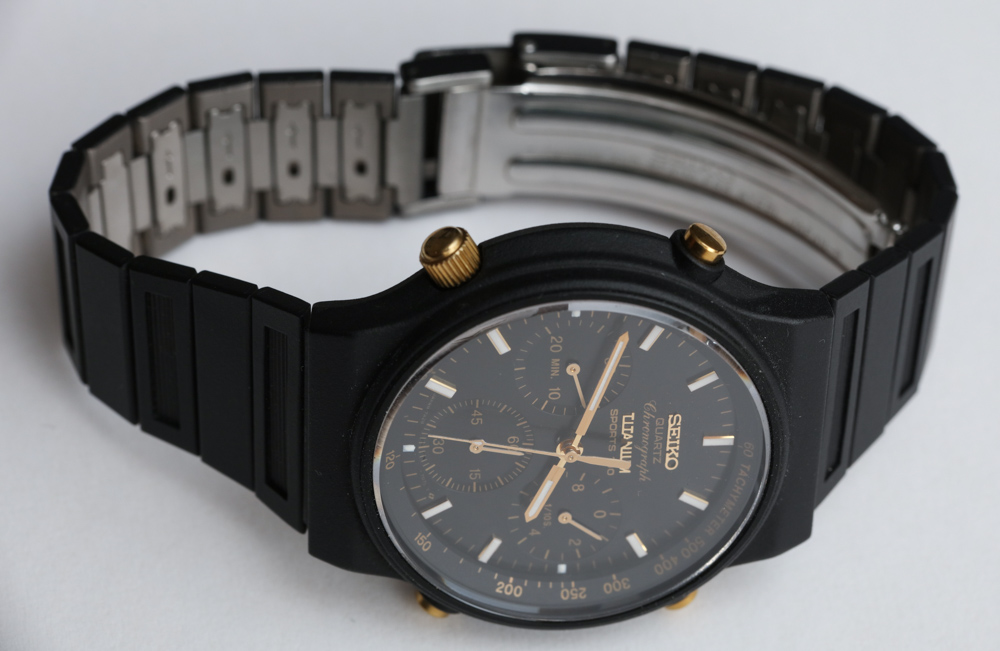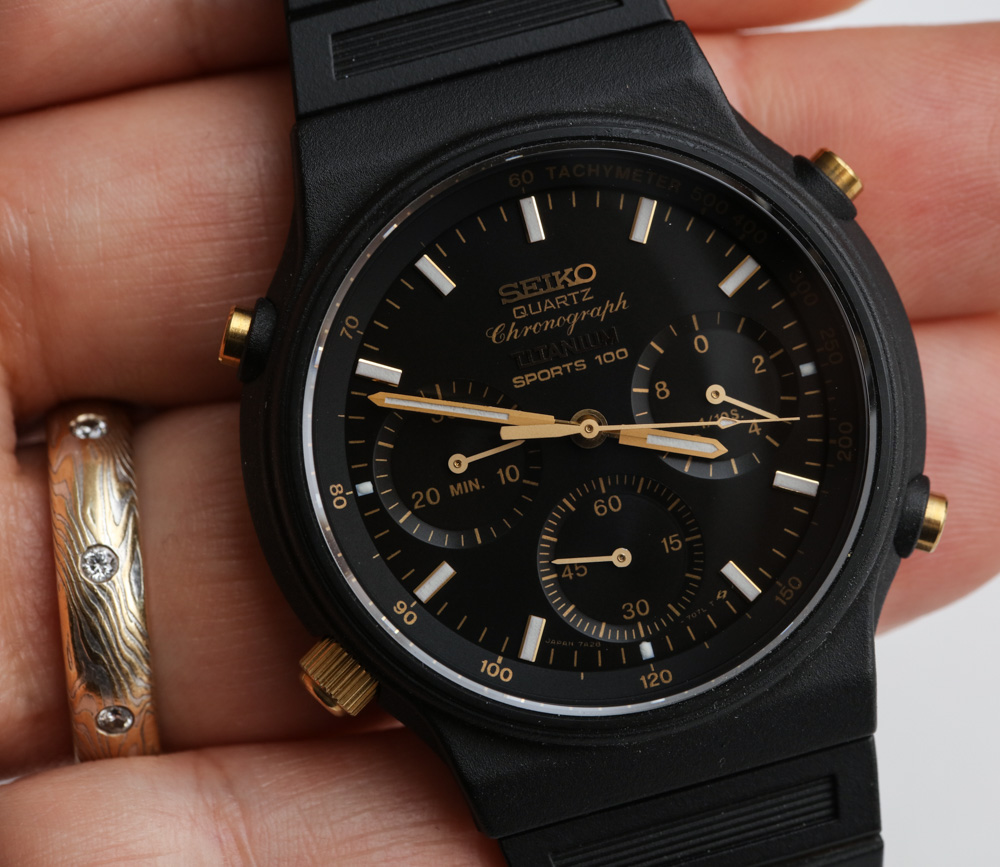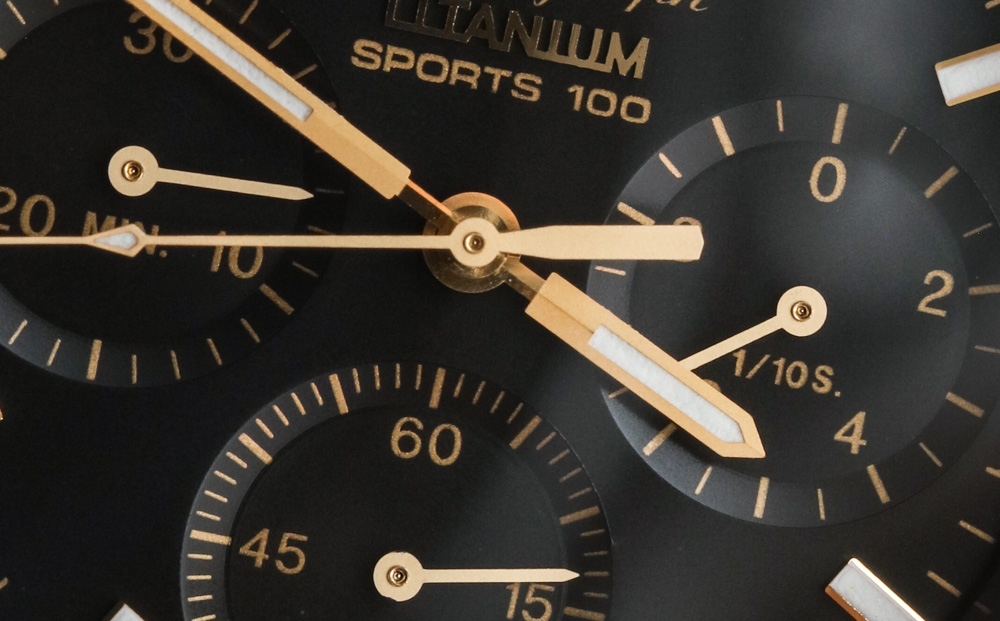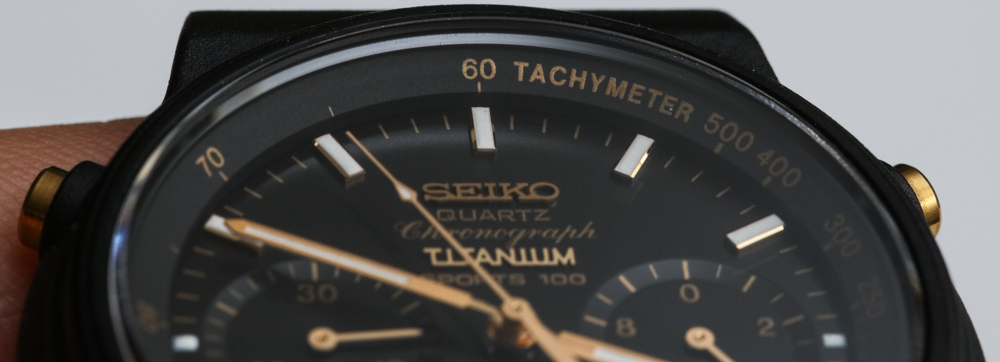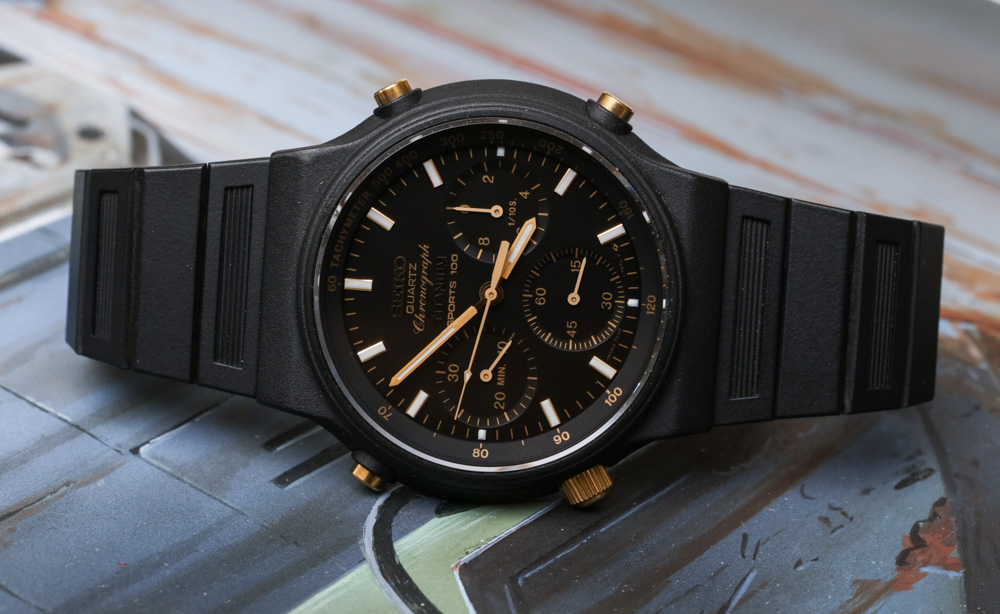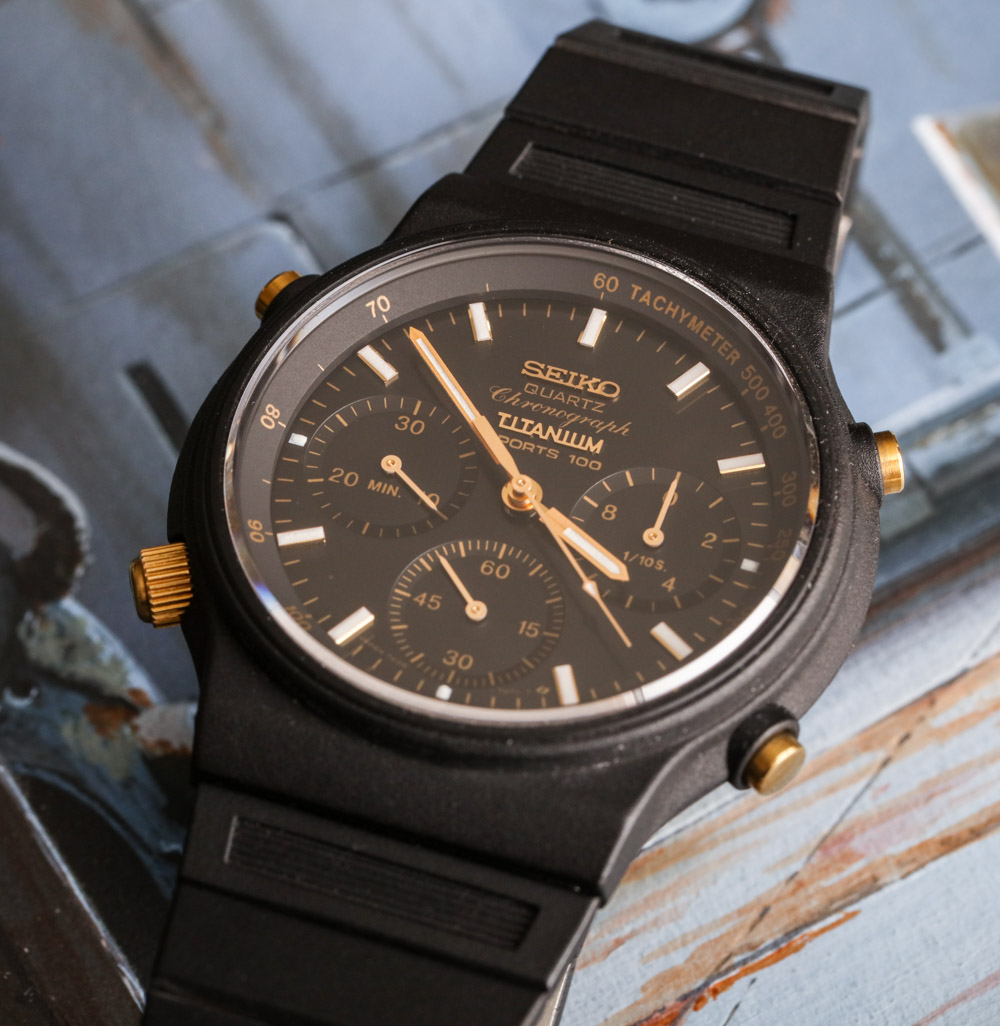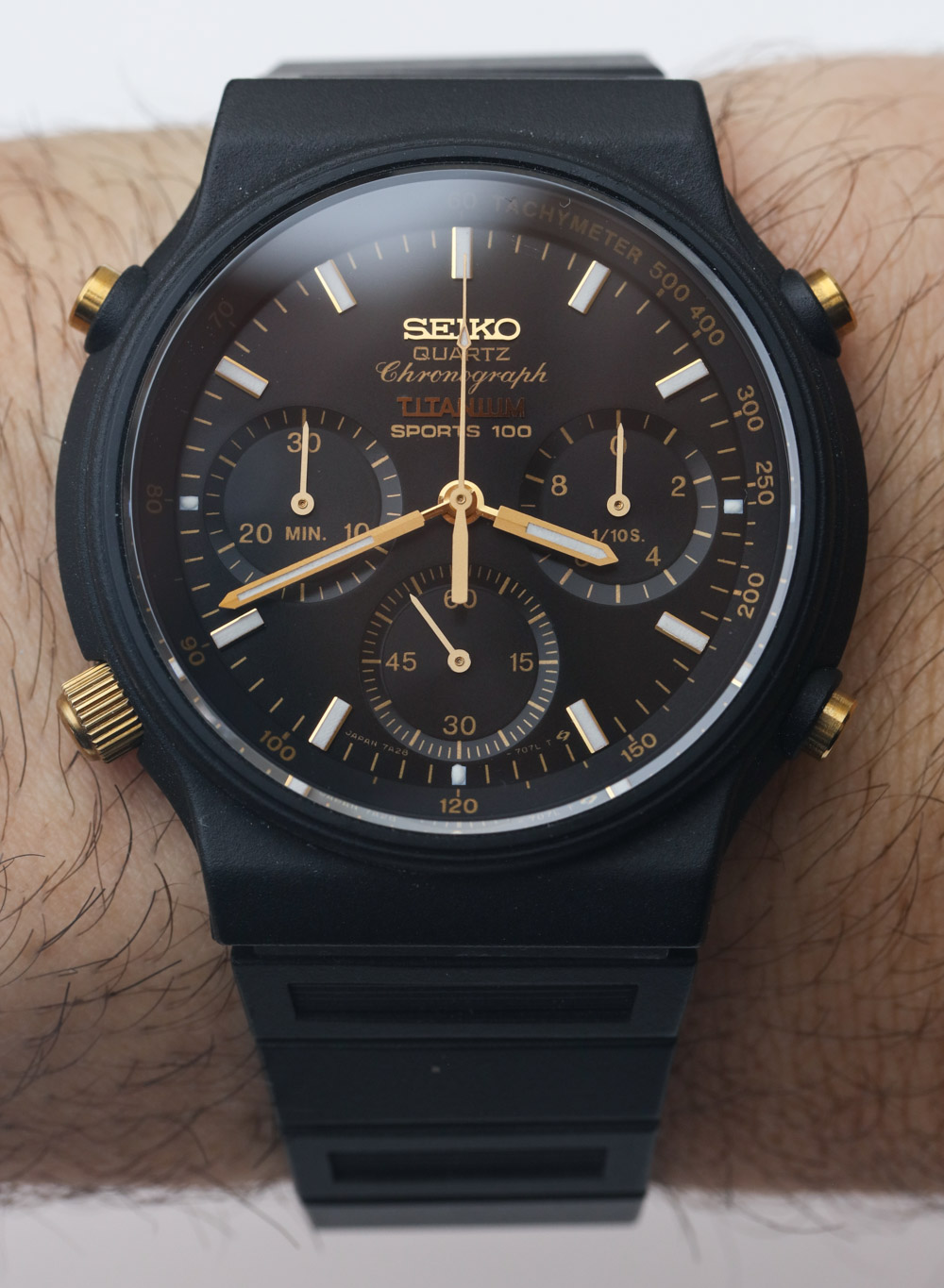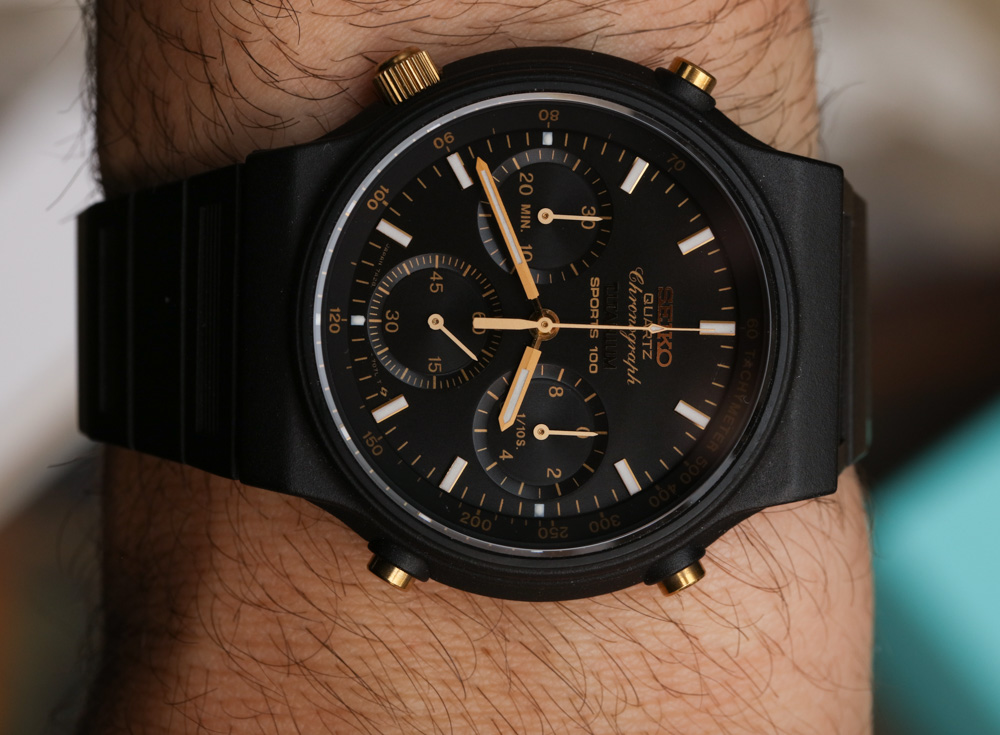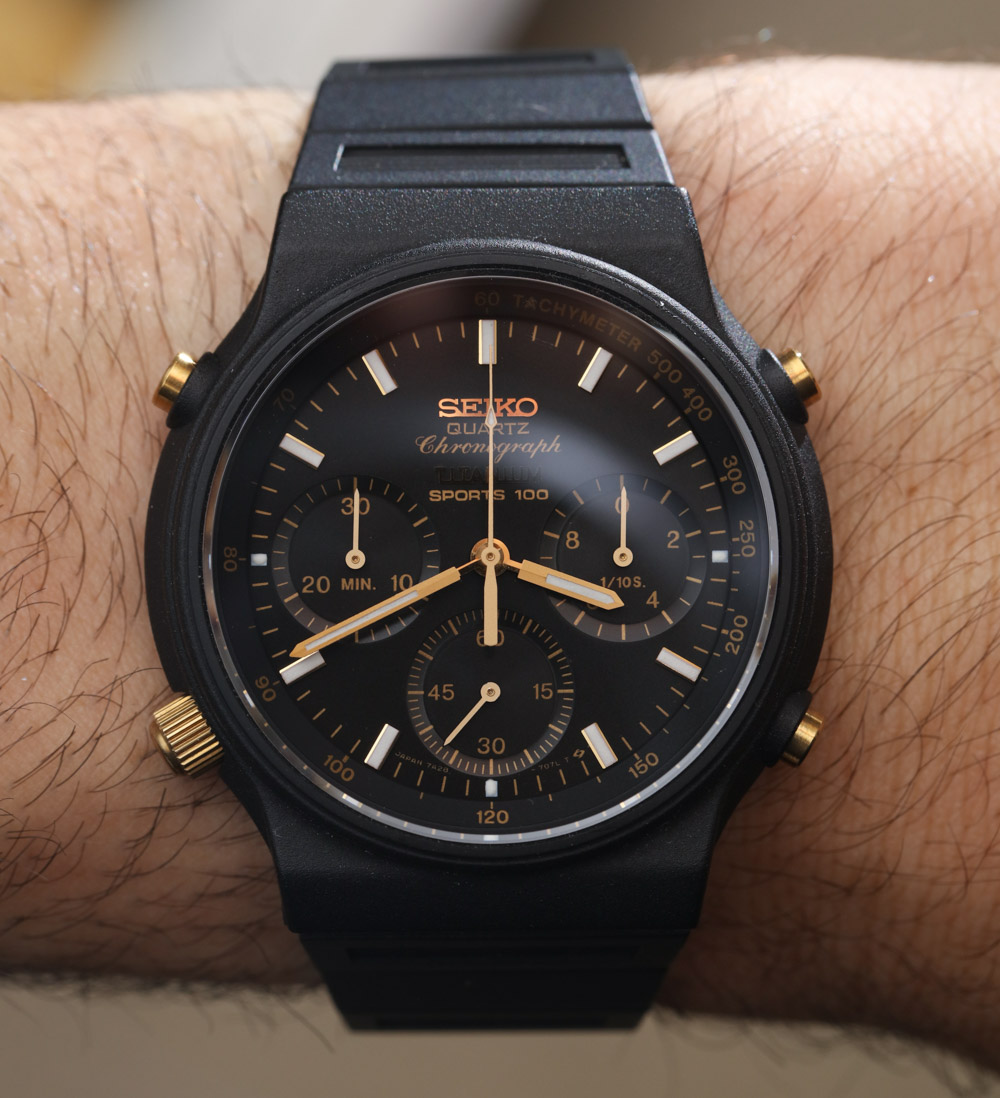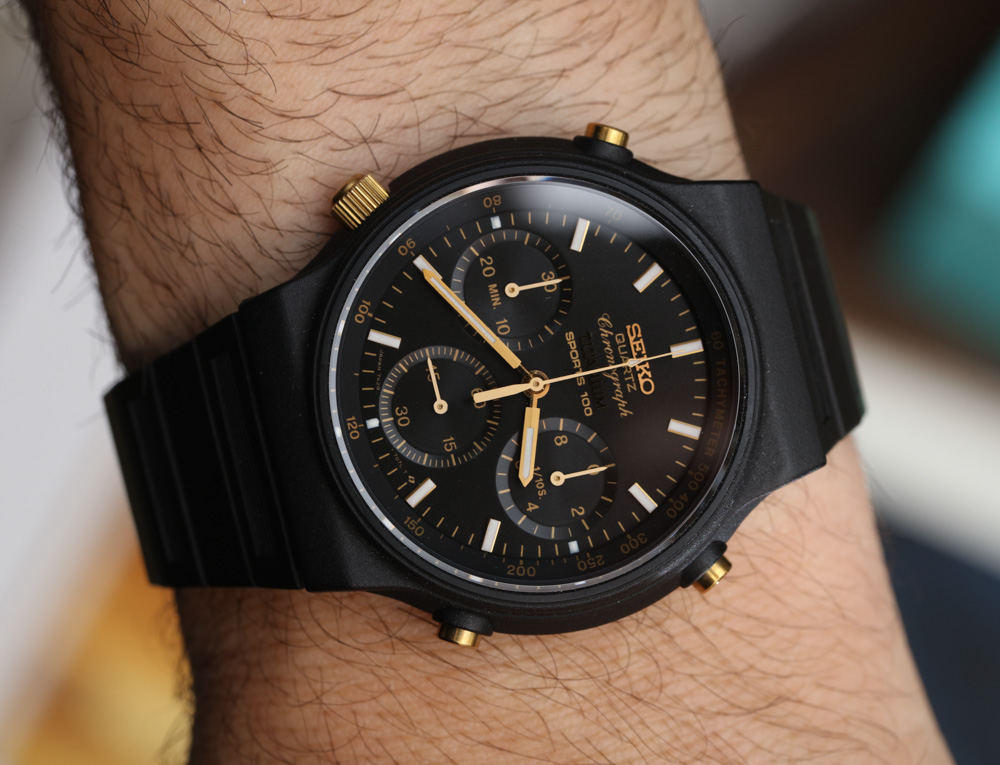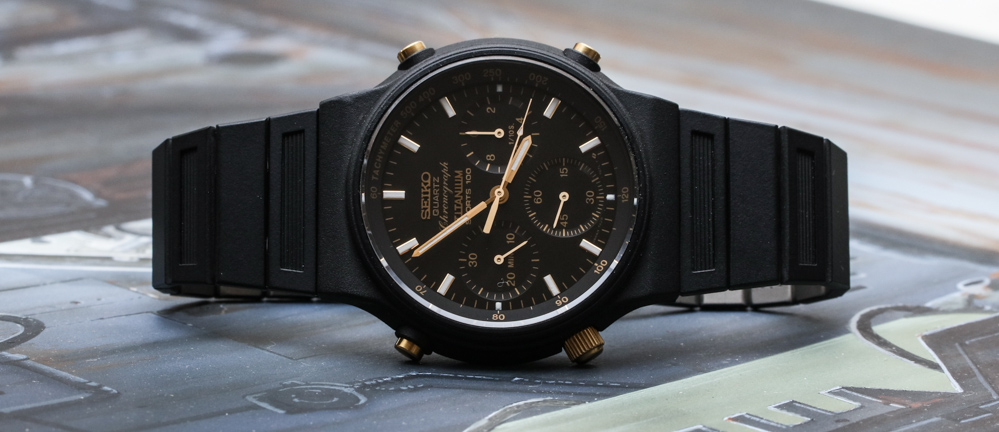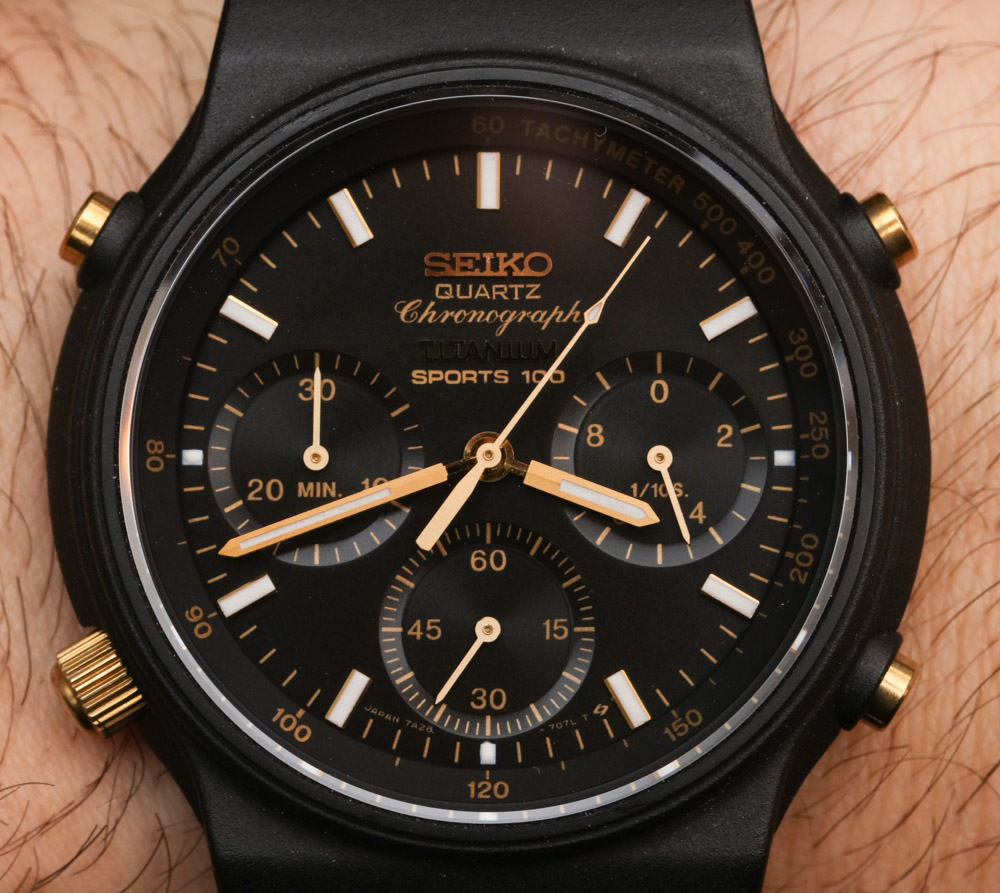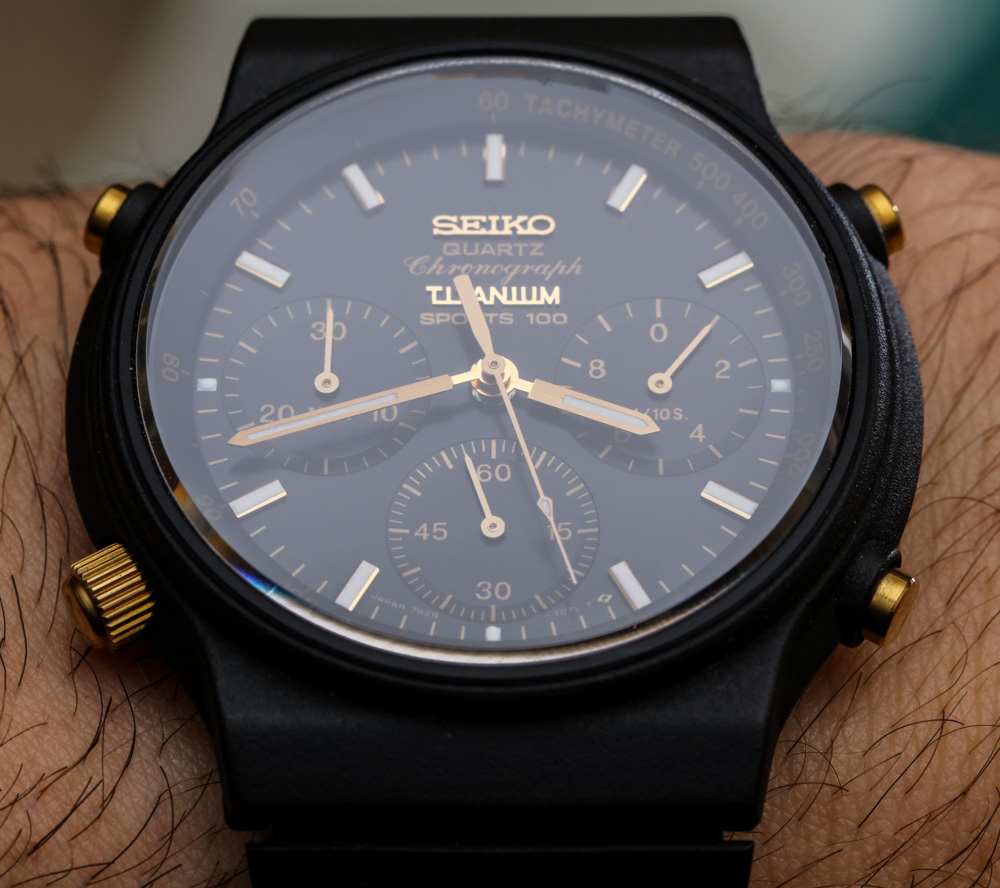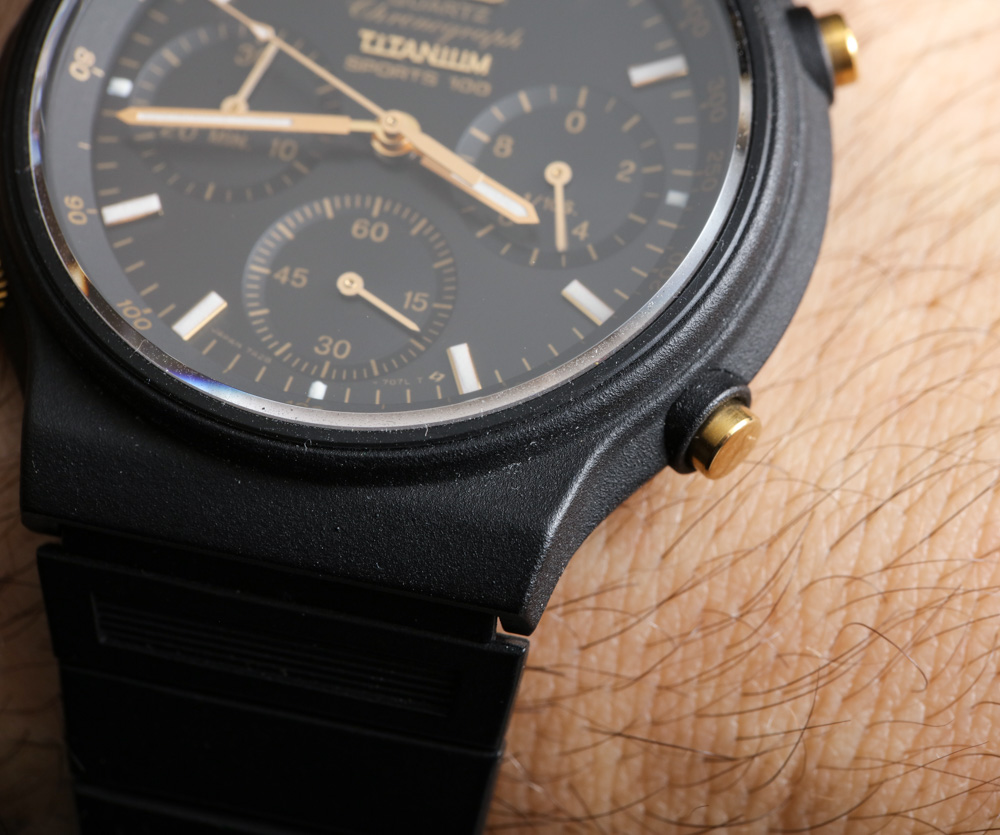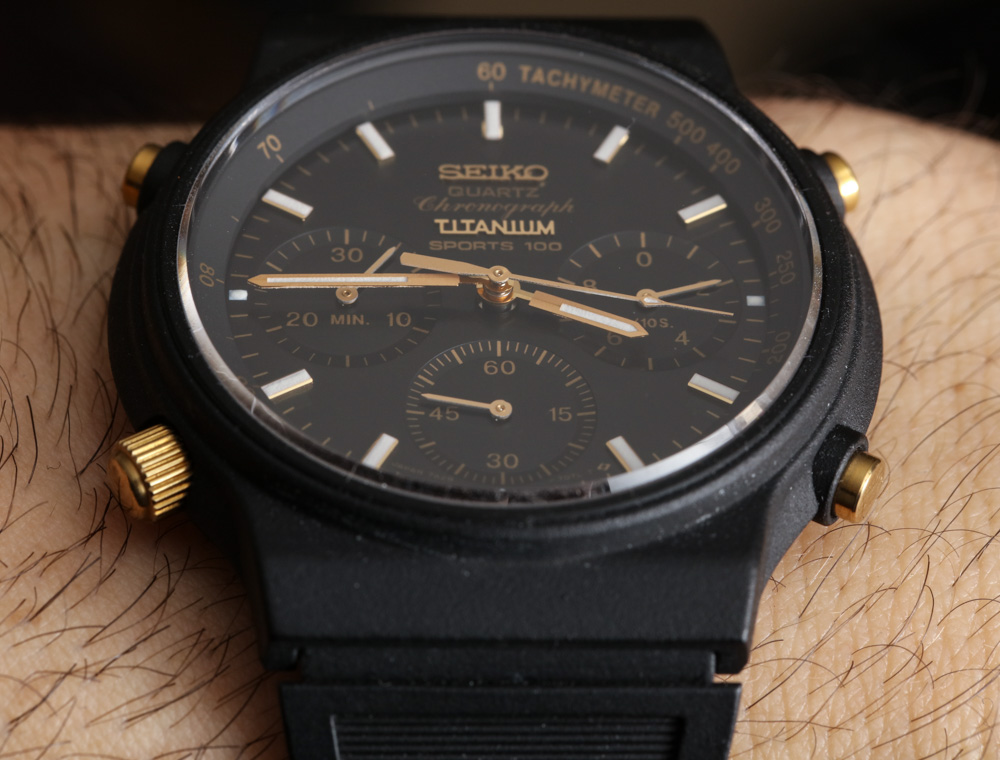
Apparently the average accuracy of a 7A28 movement was about 10 seconds per month. That is about 50% more accurate than other quartz movements at the time (and still today). It isn’t the most accurate quartz movement ever made, but for 1980s standards it was the top performing analog quartz chronograph movement around (even when it wasn’t the only one). In other words, if you are a traditional watch collector and appreciate mechanical movements for their longevity, complexity, and performance, then you should have a large volume of appreciation for Seiko’s efforts and achievement in the 7A28. Recall that this movement was released at a time when LCD screen-based watches were all the rage. So in a very real sense, the 7A28 was the purist watch movement of choice at the time if you wanted the performance of quartz, but the attractive appeal of an analog dial.
In addition to some screen time in the James Bond 007 A View To Kill film, the most famous pop-culture presence of the 7A28 was in the 1986 move Aliens. The movie has a series of Seiko watches that included 7A28 movement in it, with the most famous being the Seiko “Aliens Ripley” model that I discussed hands-on here. While Seiko seems intent to recreate famous watches that included the 7A28 family of movements, they have yet to show a lot of interest in producing new versions of the movement. Give it time though…
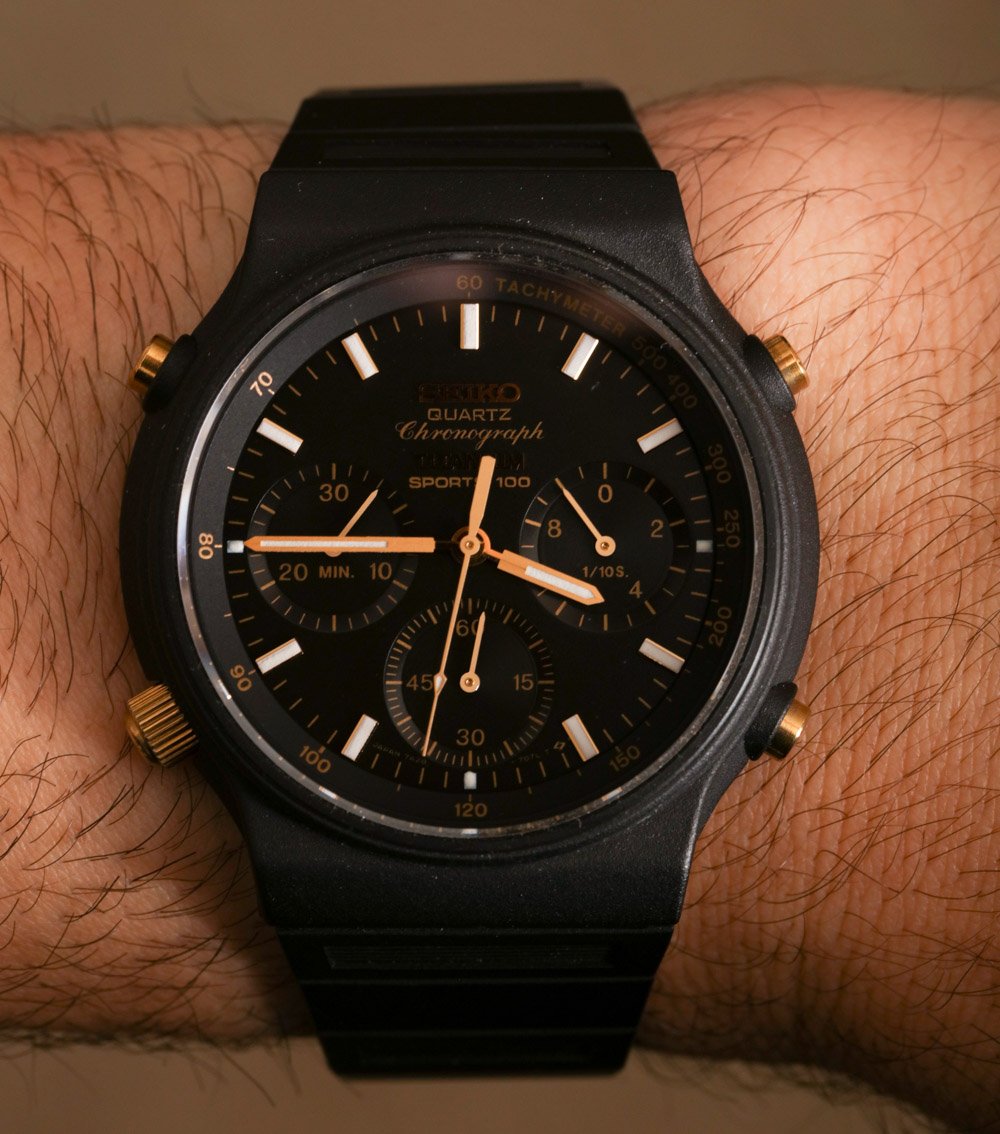

At 38mm wide, the Seiko Sports 100 was a very reasonably-sized watch for its time. Apparently I was lucky enough to find not only a NOS model, but a very uncommon model in the 7A28-7060. One reason I am so happy that it is NOS is because of its material. This is a rather early titanium watch, and on top of that it has a black coating. Black coatings of this era were very prone to scratching off. Thus, if this watch was worn too much, the black coating would have most certainly begun to show signs of wear. Produced in probably the mid-1980s, I am very impressed at how well this 30 year old timepiece has held up. Go Seiko quality!
This particular case style to me is very evocative of the best of 1980s modernism. With its interesting bracelet design, and overall sleek profile, the Seiko Sports 100 in black with a gold-toned dial looks like something from the near future. Even by today’s standards, this is a modern looking timepiece. Dial design is pure classic legibility. Proportions are great as well as the contrast. This would have been a pleasure to use and rely on as it was Seiko’s attempt to offer the best type of sport/tool watch. Other versions of the Seiko 7A28 were actually produced as military watches – so a dial very similar to this would have been relied upon by thousands of soldiers in places such as the UK and South Africa.
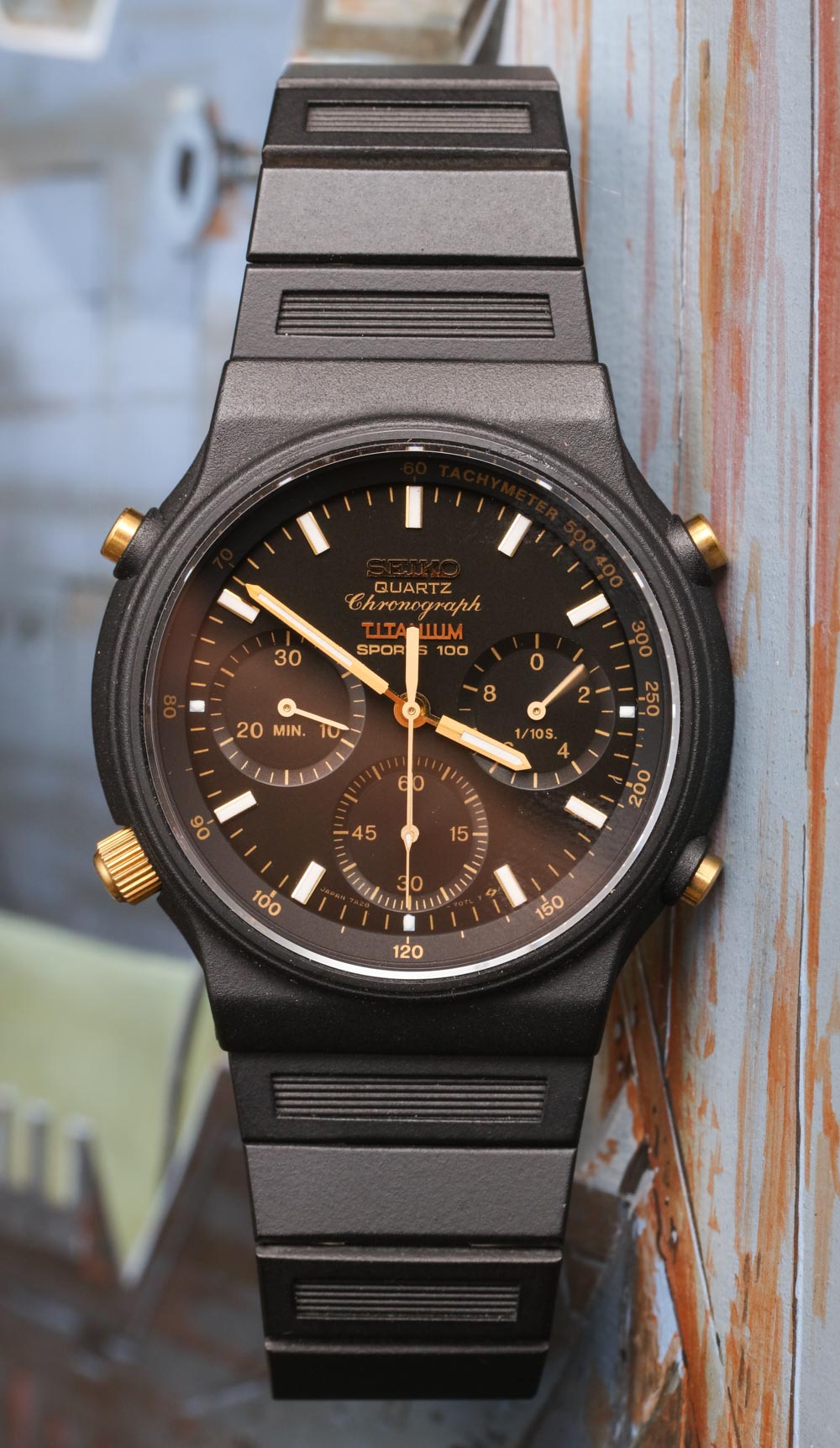
Going back to the bracelet, you can see how complicated it is when looking at the underside. I don’t even want to attempt to size this watch. While it violates my rule of “wear all the watches you get,” I think I might need to keep this Seiko 7A28 Sports 100 watch safe in a box. It is just too pretty and in too good condition to thrash about. After seeing a specialized high-end auto mechanic (no, he wasn’t servicing my car) here in Los Angeles wearing a different 7A28 watch the other week (he had it on a bund strap interesting enough), I might just need to go out and get another Seiko 7A28 to actually wear. Retail price for most Seiko 7A28 movement-based watches was about $250 or so when they were first introduced, which is about 2-3 times as much today when adjusting for inflation I believe. Today you can still find a healthy number of them available, but good luck trying to find one like mine, at least in as good condition.

